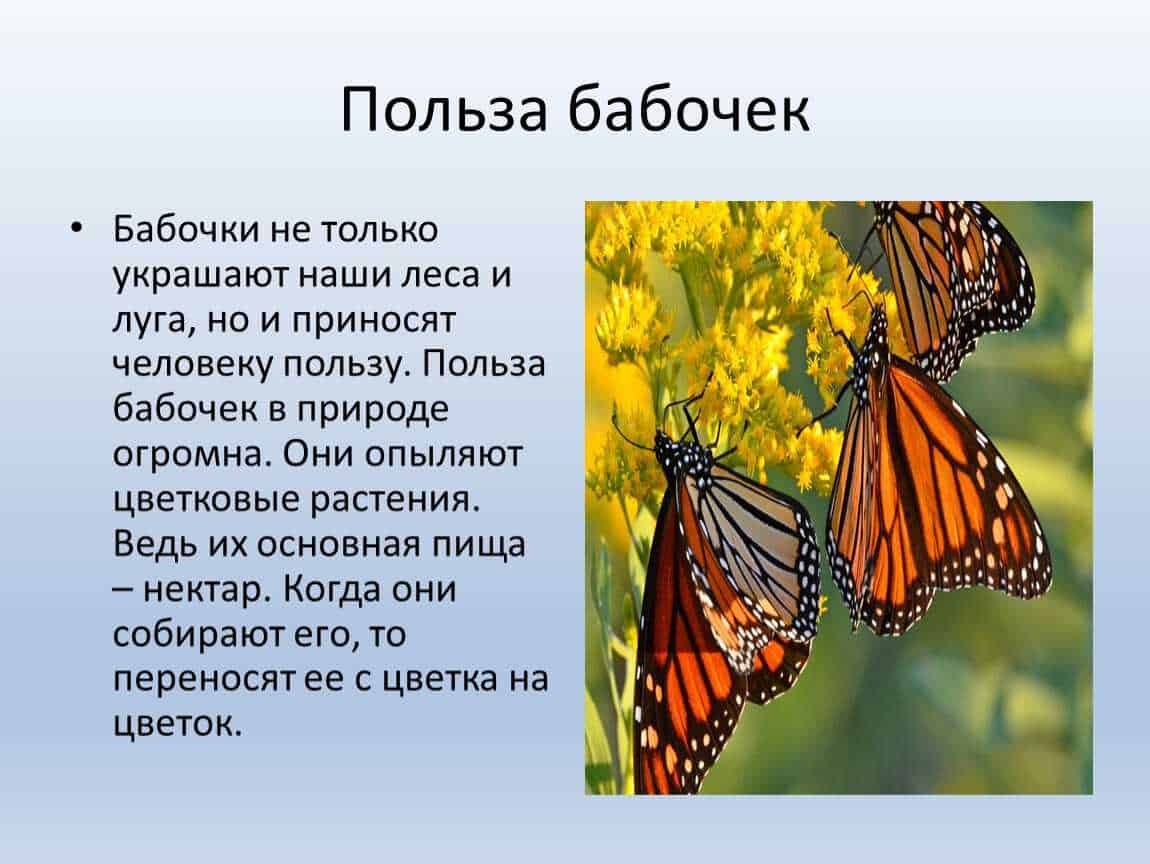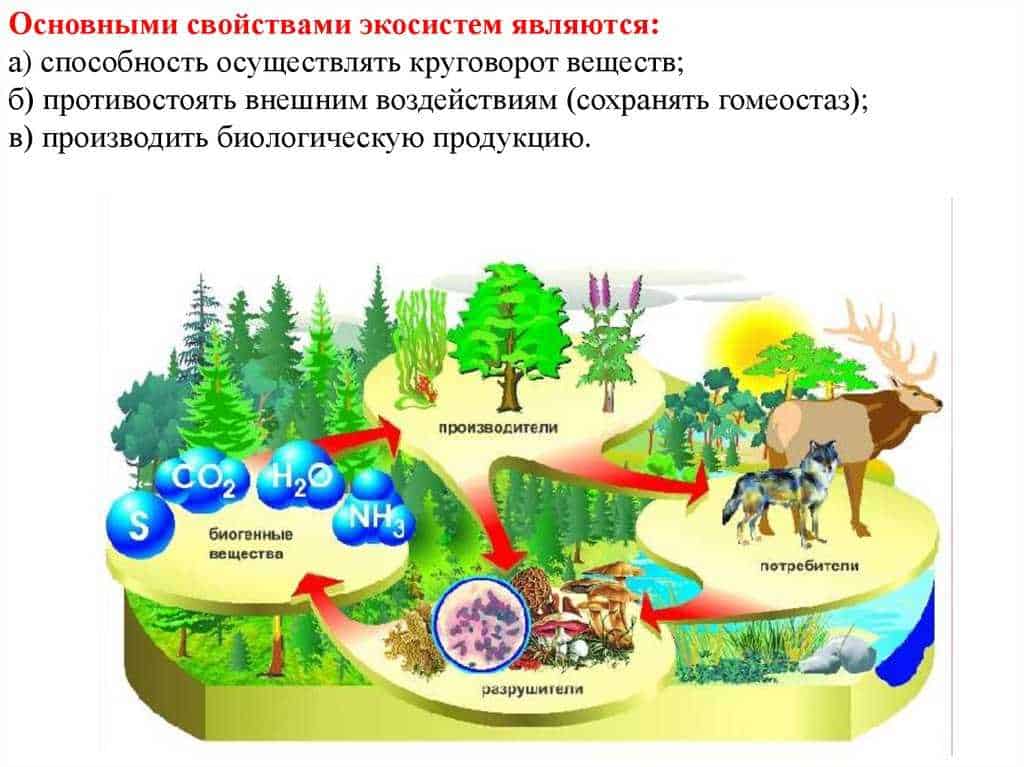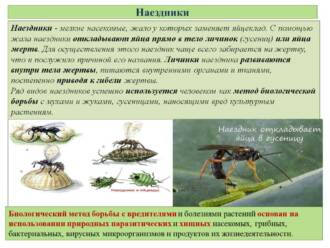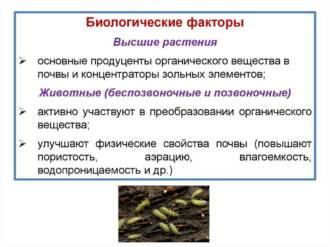
Butterflies are one of the most beautiful and graceful creatures on our planet. Their bright and varied wings represent the beauty and amazing diversity of nature. However, their role in the ecosystem is not limited to aesthetic aspects. Butterflies play an important role in maintaining ecological balance.
First, butterflies are important plant pollinators. They carry pollen from one flower to another, facilitating the pollination process and allowing plants to reproduce. Without butterflies, many plant species would not be able to reproduce and survive. Thus, butterflies are an integral part of the life cycle of many plants and maintain their biodiversity.
In addition, butterflies serve as food for many other animals such as birds, lizards, and frogs. Their bright colors and odors alert predators that they are poisonous or unpalatable. In this way, butterflies play the role of protectors of the ecosystem, helping to control predator populations and maintain balance in natural communities.
All these factors emphasize the importance of conservation and protection of butterflies and their habitats. The disappearance or decline of the butterfly population can lead to serious consequences for the ecosystem and biodiversity. Therefore, the protection of butterflies and their habitat is an integral part of the work of nature conservation and ecological balance.
In conclusion, butterflies not only decorate the world with their beauty, but also play an important role in maintaining ecological balance. They pollinate plants, serve as food for other animals, and help maintain balance in natural communities. Therefore, the conservation of butterflies and their habitats is a necessary condition for the conservation of biological diversity and the health of the ecosystem as a whole.
An amazing variety of butterflies

Butterflies are one of the most diverse classes of insects on the planet. Their diversity is striking in their shapes, sizes, coloring and patterns on the wings. There are over 180,000 species of butterflies in the world, and each one has its own unique beauty.
Butterfly wings can be of various shapes: from wide and rounded to narrow and pointed. They can be transparent, with delicate color transitions or richly colored. Some species of butterflies have wings with bright stripes, spots, or ornaments that help them hide in the environment or distract the enemy.
Butterflies also have various self-defense mechanisms. Some species have bright colors that serve as a warning to predators that they are poisonous. Other butterflies may mimic the appearance of other species to intimidate or confuse predators. There are also species of butterflies that have ocelli or spots on their wings that mimic those of animals in order to divert the attention of a predator and escape from it.
Butterflies play an important role in maintaining ecological balance. They are the pollinators of many plants, helping them to reproduce and spread. Butterflies also serve as food for many animals, including birds, lizards, and bats. Without butterflies, the ecosystem would become less diverse and less vulnerable.
The role of butterflies in maintaining ecological balance

Butterflies play an important role in maintaining the ecological balance in various ecosystems. They are one of the key links in the food chain, feeding on the nectar of flowers and serving as prey for other animals. Due to this, butterflies contribute to the distribution of pollen and pollination of plants, which in turn contributes to the reproduction and conservation of many plant species.
In addition, butterflies also perform an important function as pollinators in the soil ecosystem. Some species of butterflies, such as caterpillars, feed on plant debris and dead plants, decomposing their remains and helping to enrich the soil. In this way, butterflies participate in the natural process of decomposition of organic material and maintain soil fertility.
Butterflies also play an important role in plant pest control. Some species of butterflies are predators of harmful insects, for example, caterpillars of food butterflies can feed on the larvae of harmful beetles and moths. In this way, butterflies help control pest populations and prevent their mass reproduction.
In addition to their ecological role, butterflies are also an important object of study for scientists and naturalists. The study of butterflies helps to understand the mechanisms of evolution, adaptation and interaction in nature. They also serve as indicators of ecological health, as they respond to environmental changes and can indicate problems associated with pollution, loss of biodiversity and climate change.
In general, butterflies play an important role in maintaining ecological balance by pollinating plants, maintaining soil fertility, controlling pest populations, and serving as an object of scientific research. Therefore, it is important to conserve their habitats, provide sufficient vegetation and protect them from the damaging effects of human activity.
The importance of butterflies for plant pollination

Butterflies play an important role in plant pollination, which is an essential process in the life cycle of many plant species. They carry pollen from one flower to another, ensuring the process of fertilization and the formation of fruits and seeds.
Butterflies are attracted to plant flowers by their bright colors and sweet nectar, which is their main food source. When visiting a flower, a butterfly accidentally touches its pollen, which sticks to its body. Then, flying to another flower, the pollen is transferred again, carrying out pollination.
Many plant species depend on butterflies for their reproduction. For example, some orchid species have complex flower structures that can only be pollinated by certain butterfly species. The interaction between butterflies and plants is mutually beneficial: plants receive guaranteed pollination, and butterflies receive nutritious nectar.
If butterflies disappear from the ecosystem, this can lead to a decrease in the abundance and diversity of plants. Pollination will be difficult, which can lead to problems in the reproduction and survival of many plant species. Therefore, it is important to conserve and protect the habitats of butterflies in order to maintain ecological balance and biodiversity.
Butterflies as indicators of ecological state

Butterflies, like many other insects, play an important role in the ecosystem and can serve as indicators of the ecological state. Studies show that changes in the abundance and diversity of butterflies may indicate a violation of the ecological balance in a given region.
Butterflies are sensitive to changes in the environment such as air pollution, loss of natural habitats and pesticide use. Therefore, observing the population and species diversity of butterflies can help scientists assess the state of the environment and take measures to preserve and restore it.
Butterflies are also important plant pollinators. They carry pollen between flowers and promote their reproduction. A decrease in the number of butterflies can lead to a decrease in the number of pollinated plants, which can negatively affect the fruitfulness of many plants and reduce crop yields.
To study butterfly populations, scientists have to conduct long-term observations and collect a large amount of data. This allows you to determine trends in the abundance and diversity of butterflies and identify factors that affect their populations. Such research helps scientists develop effective strategies for butterfly conservation and ecological restoration.
All of the above confirms that butterflies play an important role in maintaining ecological balance. They are not only a beautiful decoration of nature, but also reliable indicators of the state of the environment. Therefore, the protection and conservation of their habitats is an important task for us in the name of the future of our planet.
Butterflies in the food chain

Butterflies play an important role in the food chain, being a food source for many other living organisms. Like all insects, butterflies are herbivores, eating plant foods. They choose their food from a variety of sources, including flowers, leaves, and fruits of various plants. Butterflies can be specialized, preferring certain types of plants, or be polyphagous, feeding on a wide range of plants.
The interaction of butterflies with plants in the food chain has important implications for the ecosystem. Butterflies, eating plant foods, act as pollinators, transferring pollen from one flower to another. This contributes to the pollination of plants and ensures their reproduction. Moreover, some species of butterflies are important pollinators for certain plant species, which depend entirely on them for their reproduction.
However, butterflies are also a food source for other organisms. Birds, lizards, frogs and other predators feed on butterflies. Moreover, butterflies are hosts for many types of parasites and parasitic insects. This creates a complex food web where butterflies play an important role as both a food source and a prey for other organisms.
Unique adaptations of butterflies
Butterflies have unique adaptations that help them survive and adapt to different environmental conditions. One of the most amazing adaptations is color mimicry.
Through color mimicry, butterflies can mimic the color and texture of surrounding vegetation or other animals, making them invisible to predators and making it easier for them to hunt prey. Some types of butterflies have the ability to change the color of their wings depending on the environment, allowing them to easily blend into the background and remain invisible to enemies.
Another unique adaptation of butterflies is their ability to perceive odors and use them for their own purposes. Butterflies can detect the scent of flowers and determine which ones contain nectar, which is the main food source for most butterfly species. They can also detect the scents of dangerous predators and use them to protect themselves by avoiding places where danger is presented.
In addition, butterflies have a unique ability to regenerate. If their wings are torn off or damaged, they can repair them with the help of special cells that are contained inside their body. This allows them to survive and continue to reproduce even after injury or predation.
All these unique adaptations make butterflies unique and beautiful creatures of nature. They play an important role in maintaining the ecological balance, participating in the pollination of plants and serving as food for other animals. Therefore, the protection and preservation of their diversity is an important task for us humans.
Protective mechanisms of butterflies and their role in nature

Butterflies have a variety of defense mechanisms that allow them to survive in harsh natural conditions. One such mechanism is mimicry. Butterflies can imitate the coloring and shape of other insects, birds, or even plants to deceive their predators and avoid attack. Some butterflies, for example, have colors that resemble bright red berries. This causes birds and other predators to mistake them for food, thereby ensuring the butterflies' safety.
Another defense mechanism of butterflies is cryptic coloration. Some types of butterflies have special patterns and colors that allow them to blend in with their surroundings. This makes them invisible to predators and provides them with protection. For example, butterflies that live in trees have coloring and patterns similar to tree bark or leaves, making them virtually invisible to traitors.
One of the most effective defense mechanisms of butterflies is their poisonousness. Some species of butterflies contain poisonous substances in their tissues, which they receive from the plants on which they feed in the caterpillar stage. These poisonous substances protect butterflies from predators, as their use can cause poisoning or even death of a predator. This defense mechanism also extends to other insects, which can mimic the color and shape of poisonous butterflies to scare away their predators.
Butterfly defense mechanisms play an important role in nature. They help butterflies survive and reproduce, keeping their populations going. In addition, these mechanisms also contribute to the maintenance of ecological balance, as they control the number of predators and participate in food chains. Without the protective mechanisms of butterflies, ecosystems could be disrupted, leading to negative consequences for other organisms and the environment.






